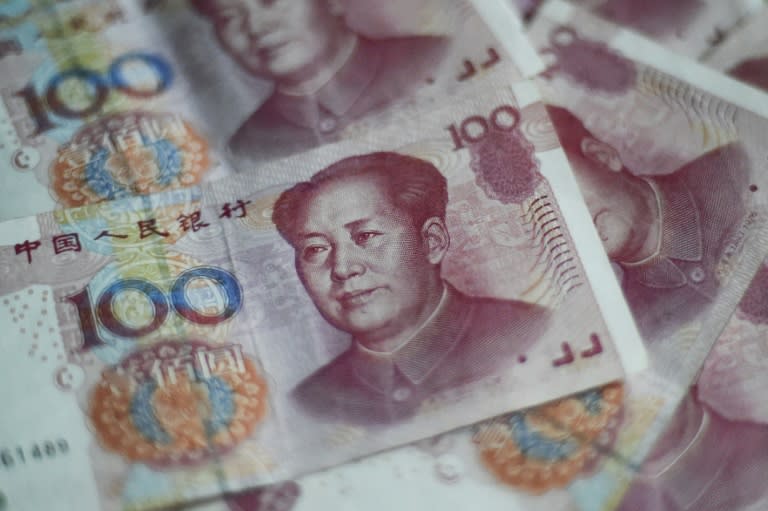China lifts interest rate cap in drive to stimulate economy

China on Friday abolished its official cap on interest rates for savers and announced a further easing in monetary policy as it seeks to address slowing growth in the world's second-largest economy. The end of the rate cap, announced by the central People's Bank of China, will allow financial institutions to offer savers a market-based rate of return for their money, introducing true competition for capital in a still state-dominated economy. The decision will bring significantly more competition to the financial sector, which in recent years has seen property and share prices boom, only to face heightened risks when the bubbles burst. The policy will "allow greater leeway for market forces to influence bank loan and deposit rates and the Chinese financial system generally," Bill Adams, senior international economist at PNC Financial Services Group, said in a research note. The move comes days before the leaders of the ruling Communist party meet to set the direction for the economy in the next Five Year Plan. and as Beijing seeks a greater international role for the yuan, including joining the exclusive ranks of the International Monetary Fund's special drawing rights reserve currency. The move was accompanied by a 0.25 percentage point cut in interest rates and a 0.50 percentage point drop in the reserve requirement ratio, the amount of cash banks must keep in reserve. Stocks markets surged on news of the rate cut, which comes on the heels of hints from the European Central Bank that fresh stimulus measures in the euro area could be expected after its December meeting. - 'Serious about growth' - "It looks like the whole monetary easing is heading into another round," Christian Gattiker, head of research at Julius Baer Group Ltd in Zurich, told Bloomberg News. "China was very reluctant to move, but they have moved today and that's taken as a proxy for assessing whether China is serious about supporting growth." ForexTime analyst Lukman Otunuga said in a note that the move showed how China's central bank "is willing to do all it can to ensure that the 7 percent end of year growth target is reached." China's expanded monetary easing has fuelled hopes that it will be followed by similar moves from other key central banks, including Japan and the United States, as policymakers try to boost slowing global growth. "The rate cut and reserve cut are earlier than the market had expected. The government is not taking any time off to keep easing monetary policy," Zheshang securities analyst Zhang Yanbing told AFP. "This will help lower social financing costs, boost the property market and give a lift to the already-rising financial market." The Chinese central bank announced similar tandem cuts in August when the economy was battling a collapse in share prices. The PBoC has now cut benchmark interest rates six times since November as authorities try to head off a sharp deceleration of the economy, which saw growth in the third quarter slip to 6.9 percent, the lowest level since 2009. Reducing the reserve requirement ratio is also a stimulatory measure as it increases the amount of money banks can lend out, so it can boost economic activity. The People's Republic, founded when Mao Zedong's forces won the Chinese civil war in 1949, first began to embrace capitalism in the late 1970s under Deng Xiaoping, but has only recently vowed to give market forces the 'decisive role' in the economy. -- Bloomberg News contributed to this story --

